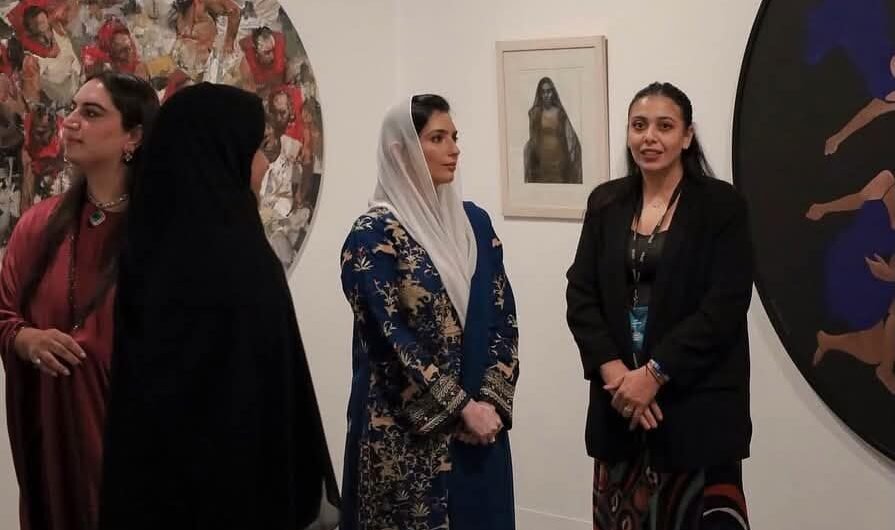Pakistan, a nation once celebrated for its fertile Indus Basin, now teeters on the brink of a Water Issue catastrophe. With reservoirs at historic lows and rivers running dry, authorities warn that only drinking water reserves remain critically scarce—a dire milestone in a country ranked among the world’s most water-stressed. As temperatures soar and cities ration supplies, the crisis exposes decades of mismanagement, geopolitical tensions, and climate change’s accelerating toll. This isn’t just a shortage; it’s a reckoning.
The Depths of the Crisis
Pakistan’s Water Issue availability has plummeted to under 1,000 cubic meters per person annually—down from 5,000 in 1947—crossing the “absolute scarcity” threshold. This year, monsoon failures and record heatwaves have drained major dams: Tarbela and Mangla reservoirs operate at 30% capacity, while groundwater, over-pumped for decades, is now saline or depleted. In Sindh and Balochistan, villagers trek kilometers to access brackish water, while Karachi’s 16 million residents rely on expensive, often contaminated tankers. “We queue for hours, but the Water Issue is undrinkable,” says Fatima, a mother of four in Tharparkar. “Our children are always sick.”
Roots of the Scarcity: A Perfect Storm
The crisis stems from a toxic mix of natural and man-made failures:
- Climate Breakdown: Pakistan, home to over 7,000 glaciers, faces erratic weather as global warming accelerates ice melt and disrupts monsoons. The 2022 floods—which submerged a third of the country—paradoxically worsened scarcity by destroying infrastructure and contaminating freshwater sources.
- Agricultural Excess: Agriculture consumes 90% of Pakistan’s Water Issue, yet inefficient flood irrigation wastes 60% of it. Water-intensive crops like rice and sugarcane dominate, incentivized by subsidies in arid regions like Punjab.
- Infrastructural Decay: Aging canals and dams lose 40% of water to leakage. Political feuds have stalled projects like the Diamer-Bhasha Dam for decades, while India’s hydropower projects upstream on the Indus (permitted by the 1960 treaty but viewed as exploitative) fuel tensions.
- Governance Failures: Unregulated groundwater extraction, rampant pollution from industry, and a lack of wastewater treatment compound the crisis. “Water is treated as an infinite resource, not a shared lifeline,” laments environmental lawyer Ahmad Rafay Alam.
Human Toll: Beyond Thirst
The scarcity ripples far beyond empty taps. Agriculture, which employs 40% of Pakistanis, is collapsing. In Punjab, farmers like Hassan Ali report crop yields halved due to irrigation cuts. “Without water, our land is dust,” he says. The resulting food inflation—vegetable prices have surged 300%—deepens poverty. Meanwhile, Water Issue diseases like cholera and typhoid spike, overwhelming hospitals. In Lahore, pediatrician Dr. Sana Aziz notes, “70% of our cases are from contaminated water.”
Social unrest brews as communities clash over dwindling supplies. In Karachi, Water mafias charge exorbitant rates, while in Gilgit-Baltistan, glacial melt disputes turn violent. Experts warn of mass migration: the World Bank predicts climate-driven displacement of 1.5 million Pakistanis by 2050.
Solutions: Too Little, Too Late?
The government’s response has been fragmented. While the National Water Issue Policy (2018) pledges conservation and dam construction, implementation lags. Provincial rivalries over the Indus’ waters persist, and $40 billion climate aid pledges from COP28 remain largely unaccessed.
Yet viable solutions exist:
- Modernizing Agriculture: Shifting to drip irrigation and drought-resistant crops could save 50% of water.
- Infrastructure Investment: Completing dams and repairing canals is urgent, but so are small-scale fixes: rainwater harvesting, recharge wells, and desalination plants for coastal cities.
- Policy Overhauls: Pricing groundwater, penalizing polluters, and involving communities in management could curb waste.
A Thirsty Future?

Pakistan’s Water Issue is a mirror reflecting global climate injustice. Emitting less than 1% of greenhouse gases, it suffers disproportionately while wealthier nations delay action. But local negligence is equally culpable. Without urgent reforms, the “drinking stock left” narrative will escalate into societal collapse. The time for half-measures is over—Pakistan must treat Water Issue as the non-negotiable currency of survival. As the Indus fades, so too does the nation’s future.
Topics #featured #trending pakistan




